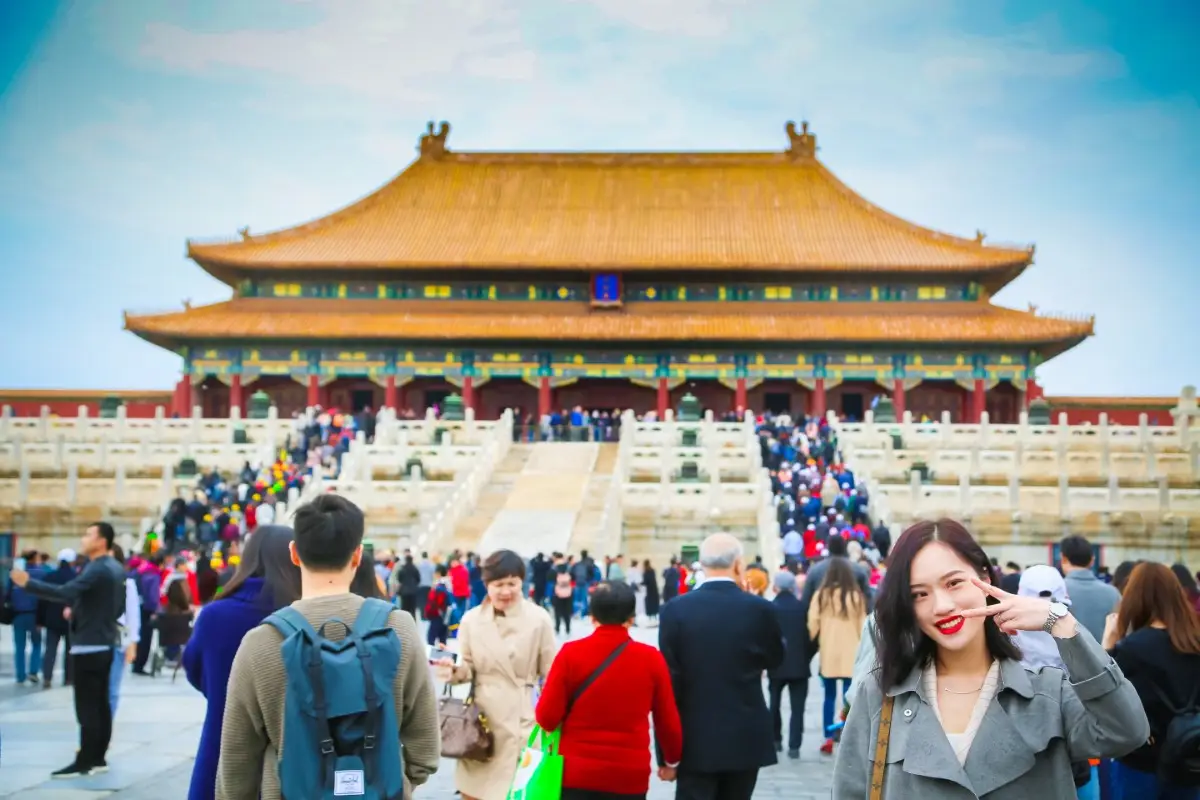The world is more connected than ever before, and with globalisation, the demand for translation services has increased dramatically. In particular, Mandarin document translation has become essential in today’s world due to China’s growing influence in global markets. With that said, it’s essential to understand the different approaches to Mandarin document translation and how to ensure a successful translation.
Approaches to Mandarin Document Translation
Mandarin document translation can be approached in several ways, depending on the goals and needs of the client. The literal translation is the most straightforward approach, which translates the text word-for-word. Free translation, on the other hand, focuses on translating the meaning of the text rather than the exact wording. Transcription is a more creative approach, which focuses on adapting the message of the text to suit the target audience. Lastly, localisation aims to adapt the content of the text to fit the cultural context of the target audience.
Factors that Affect Mandarin Document Translation
Mandarin document translation involves more than just changing words from one language to another. Cultural differences, linguistic differences, technical terms, and legal terms are all factors that affect the translation process. Understanding these factors is crucial for ensuring the accuracy and success of the translation.
Challenges in Mandarin Document Translation
Mandarin document translation poses unique challenges, such as ambiguity, idioms and proverbs, tone and context, and historical and cultural references. These challenges require the translator to have a deep understanding of the language and culture to accurately translate the text.
Best Practices for Mandarin Document Translation
To ensure a successful Mandarin document translation, quality assurance, a collaborative process, knowledge of the industry, and professionalism are essential. Quality assurance involves reviewing the translated text for accuracy and consistency. A collaborative process allows for open communication between the client and the translator. Knowledge of the industry ensures that the translator understands the technical and legal terms used in the document. Finally, professionalism ensures that the translator adheres to ethical standards and confidentiality requirements.
Overcoming Challenges in Mandarin Document Translation
Overcoming challenges in Mandarin document translation requires careful consideration of the nuances and complexities of the Mandarin language and culture. Here are some strategies for overcoming the challenges:
Conduct Research and Consultation
Mandarin document translation often involves a specialised vocabulary and technical jargon. Conducting thorough research and consultation with subject matter experts can help to ensure that the translation is accurate and appropriate.
Collaborate with Native Mandarin Speakers
Collaborating with native Mandarin speakers, especially those who are familiar with the target audience and cultural context, can provide invaluable insights into language and cultural nuances.
Stay Up to Date with Language and Culture
Mandarin is a dynamic language that is constantly evolving, and staying up to date with changes in language and culture is essential for accurate and effective translation.
Adapt Translation Strategies
Mandarin document translation requires a flexible and adaptable approach to accommodate the language’s unique features, such as its tone system, idioms, and proverbs. Adopting a creative and innovative approach can help to overcome challenges and produce high-quality translations.
By applying these strategies, Mandarin document translators can overcome the challenges posed by the language and culture and produce accurate and effective translations that meet the needs of clients and their target audience.
The Role of AI in Mandarin Document Translation
Artificial Intelligence (AI) is a rapidly advancing technology that has the potential to revolutionise many aspects of our lives, including language translation. One language that is particularly challenging to translate is Mandarin, due to its complex grammar and idiomatic expressions. In this article, we will discuss the role of AI in Mandarin document translation.
Neural Machine Translation (NMT)
NMT is a type of AI that uses deep learning algorithms to translate text from one language to another. Unlike traditional rule-based translation systems, NMT models can learn from large amounts of data and improve their accuracy over time. This makes them well-suited for translating Mandarin, which has many characters and a complex grammar structure.
Challenges in Mandarin Translation
Mandarin is a tonal language, which means that the tone of a word can change its meaning. This makes it difficult for traditional translation systems to accurately translate Mandarin text. In addition, Mandarin has many idiomatic expressions and cultural references that can be difficult to translate without context. AI-based systems can help overcome these challenges by learning from large datasets and identifying patterns in the language.
Benefits of AI-based Mandarin Translation
AI-based Mandarin translation offers several benefits over traditional methods. Firstly, it is faster and more efficient, as the system can process large amounts of text in a short amount of time. Secondly, it is more accurate, as the system can learn from previous translations and improve its accuracy over time. Finally, it is more flexible, as it can adapt to changes in language and cultural references.
Applications of AI-based Mandarin Translation
AI-based Mandarin translation has a wide range of applications, from translating business documents to e-commerce platforms. It can also be used to translate news articles, legal documents, and social media posts. In addition, it can be used to create multilingual chatbots and customer service systems, which can improve communication with Mandarin-speaking customers.
The Mandarin Culture and People
History
The Mandarin culture has a long and rich history that dates back over 5,000 years, with many dynasties, emperors, and cultural achievements that have shaped the world.
Values
The Mandarin people place a high value on tradition, family, community, and respect for authority. Confucianism, Taoism, and Buddhism are the major religions and philosophies that have influenced their values and social norms.
Face
“Face” is an important concept in Mandarin culture, referring to a person’s reputation, status, and social standing. Maintaining face is essential in interpersonal relationships, and Mandarin people often prioritise harmony and avoiding conflict.
Food
Mandarin cuisine is renowned for its diversity, complexity, and flavors. Some popular dishes include Peking duck, dim sum, hot pot, and dumplings. Food is also an important part of socializing and building relationships in Mandarin culture.
Language
Mandarin, also known as Chinese, is one of the oldest and most complex languages in the world, with a unique system of characters, tones, and grammar. It is spoken by over a billion people worldwide and is the official language of China, Taiwan, and Singapore.
Festivals
Mandarin culture celebrates many festivals throughout the year, including Chinese New Year, Mid-Autumn Festival, Dragon Boat Festival, and Lantern Festival. These festivals are a time for families to come together, share meals, exchange gifts, and participate in cultural activities.
Overall, the Mandarin culture and people are rich and diverse, with a deep history and traditions that continue to influence the world today. Understanding their values, customs, and language is essential for effective communication and building relationships.
Conclusion
For businesses and organisations looking to effectively communicate with Mandarin-speaking audiences through document translation, it is crucial to understand the different approaches, factors, challenges, and best practices involved. Whether you’re translating marketing materials or legal documents, hiring a professional Mandarin translator can make all the difference in achieving your goals in Mandarin document translation.
Related Posts

Get a quote today
"*" indicates required fields
Subscribe today to receive the latest insights and updates from Sylaba Translations









